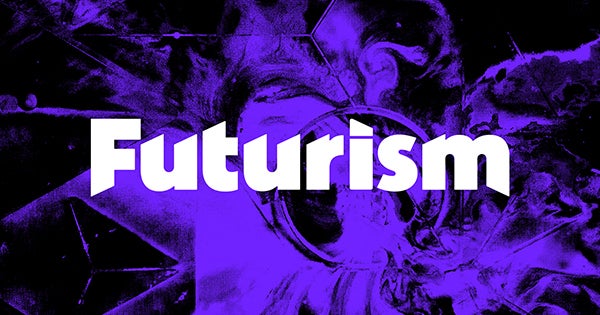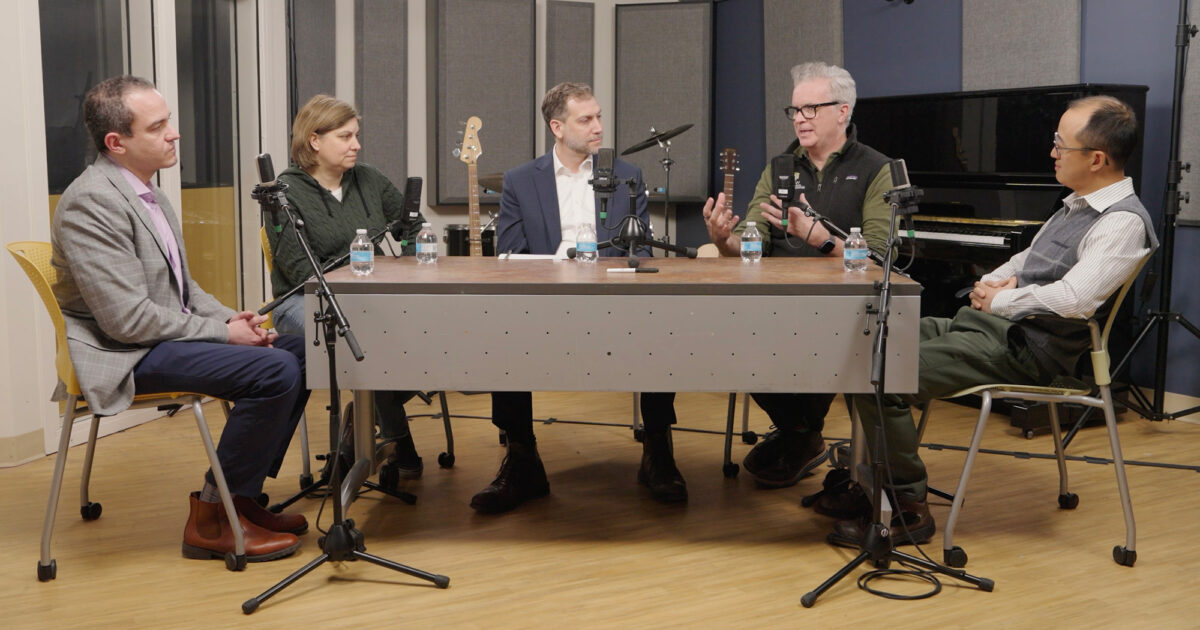
In recent years, the intersection of cutting-edge technology and health science has delivered revolutionary breakthroughs set to redefine the future of medicine. From artificial intelligence and personalized medicine to gene editing and wearable diagnostics, these innovations are laying the foundation for more precise, accessible, and proactive healthcare solutions around the globe.
One of the most transformative developments has been the integration of artificial intelligence (AI) into medical diagnostics and decision-making. AI algorithms can now analyze medical imaging with accuracy levels rivaling, and in some cases surpassing, experienced clinicians. For example, startups and major medical institutions are deploying AI-driven systems that detect anomalies in X-rays, MRIs, and CT scans, drastically reducing diagnostic errors and improving early detection of conditions such as cancer and neurological disorders.
Another rapidly advancing area is personalized medicine, where treatments and drug prescriptions are tailored to an individual’s genetic profile. By using genomic sequencing, physicians can predict how a patient will respond to specific medications, reducing trial-and-error phases and optimizing treatment outcomes. This approach is particularly impactful in fields like oncology, where targeted therapies promise more effective and less toxic treatment options.
Gene-editing technologies, particularly CRISPR-Cas9, are also transforming the medical landscape. Researchers are now able to edit defective genes responsible for inherited conditions, offering potential cures for diseases once considered untreatable. Clinical trials are underway for genetic therapies for conditions ranging from sickle cell anemia to certain forms of blindness, signaling a possible new era of genetic medicine.
Wearable technology is giving individuals and clinicians real-time access to key health metrics such as heart rate, oxygen levels, glucose monitoring, and sleep quality. These data streams enable early diagnosis, continuous health monitoring, and better disease management, especially for chronic conditions like diabetes and cardiovascular disease.
Lastly, advances in biotechnology and regenerative medicine, such as 3D-printed organs and tissue engineering, are creating new possibilities for transplant and recovery. Scientists have already fabricated skin, cartilage, and even functional mini-organs using living cells, offering a glimpse into a future where organ shortages and rejection risks could be significantly reduced.
Together, these innovations in futuristic health science and technology are not only improving the effectiveness and efficiency of healthcare delivery but also reshaping the very nature of disease prevention, diagnosis, and treatment. As research and development continue at an accelerated pace, the promise of longer, healthier lives becomes increasingly attainable for populations around the world.
Source: https:// – Courtesy of the original publisher.








